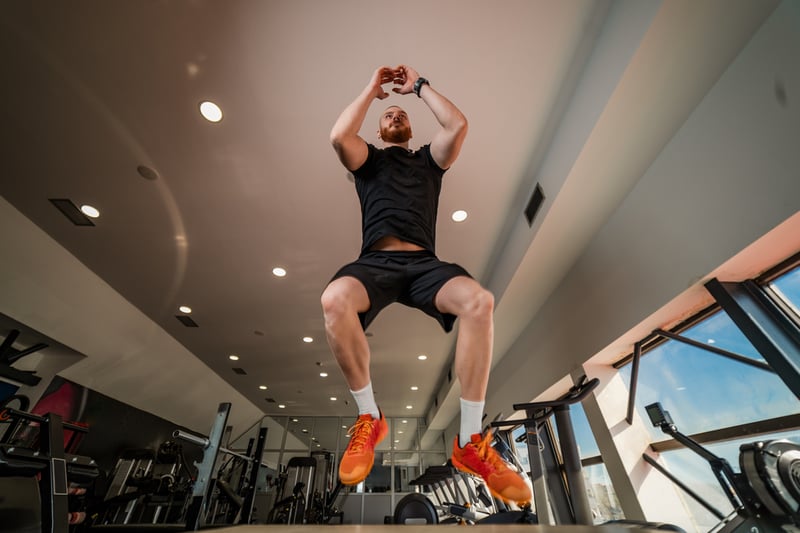
Smith C, Doma K, Heilbronn B, Leicht A. Impact of a 5-Week Individualised Training Program on Physical Performance and Measures Associated with Musculoskeletal Injury Risk in Army Personnel: A Pilot Study. Sports. 2023; 11(1):8.
"The results of the current study indicate that force plate technology may have utility in supporting more individuals' physical training programs to improve occupational performance and/or reduce injury risk profiles."
The authors of this study evaluated the feasibility of using force plate technology to implement individualized physical training programs to improve performance and decrease musculoskeletal injury risk among Australian Regular Army combat personnel. To do this, they compared two groups: those in the experimental group receiving individualized training programs based on countermovement jump assessments and those in the control group receiving standard group-based physical training. Individuals in both groups were prescribed the same cardiorespiratory running and occupational training programs, while the strength training programs differed based on the assigned group. The outcomes of interest were:
A comparison of the two groups before and after the implementation of the training programs indicated a high degree of similarity in terms of initial performance and change over time. This suggests that individualized training programs do not represent a risk to overall physical performance standards, preparedness, or morbidity. Concerning standard physical and occupational assessments, changes between pre- and post-study results were minimal. Muscular strength, assessed by deadlift 3RM, was one exception, in which the experimental group demonstrated improved performance relative to the control group. The Sparta Science force plate metric outcomes also indicated minimal training-induced changes at the group level. However, visual assessment of the countermovement jump profiles indicated individual changes in movement profiles for approximately 60% of the experimental group participants and only 20% of the control group. Three injuries were reported to have occurred during the study period, all of which occurred in the control group.
The results of this study indicate that the implementation of individualized strength training programs informed by force plate technology is feasible within active-duty combat units. Likewise, the changes in the experimental group over a relatively short training period highlight the potential for individualized, technology-enhanced programs to target particular areas of concern to minimize injury risk and maximize physical performance.
Objective: To examine the feasibility and effect of an individualised and force-plate guided training program on physical performance and musculoskeletal injury risk factors in army personnel.
Design: Pre-post, randomised control.
Methods: Fourteen male and five female Australian Army soldiers were randomised into two groups and performed 5-weeks of physical training. The control group (n = 9) completed standard, group-designed, physical training whilst the experimental group (n = 8) completed an individualised training program. Physical (push-ups, multi-stage fitness test, three repetition maximum (3RM) for squat, strict press, deadlift and floor press), occupational (weight-loaded march time), and technological assessments (two-leg and one-leg countermovement jumps (CMJ), one-leg balance, one-arm plank) were conducted prior to and following the training period. Comparisons between groups and changes within groups were conducted via Mann–Whitney U tests.
Results: Compared to the control group, the experimental group exhibited a significantly smaller improvement for weight-loaded march time (−0.7% ± 4.0% vs. −5.1% ± 3.0%, p = 0.03) and a greater improvement for deadlift-3RM (20.6% ± 11.9% vs. 8.4% ± 6.8%, p = 0.056). All other outcomes were similar between groups. Visually favourable alterations in the two-leg CMJ profile with no reports of injuries were noted for the experimental group.
Conclusions: Individualised physical training was feasible within an army setting and, for the most part, produced similar physical, occupational and technological performances to that of standard, group-designed physical training. These preliminary results provide a foundation for future research to expand upon and clarify the benefits of individualised training programs on long-term physical performance and injury risk/incidence in active combat army personnel.